Devops News
Medium
98

Image Credit: Medium
Control Containers Like Rows
- A developer created Jagura as a proof-of-concept to manage containers using SQL commands instead of traditional methods like shell scripts or dashboards.
- Jagura allows Docker container management through a custom execution engine that interprets SQL queries into Docker-level operations.
- While Jagura doesn't aim to replace tools like Docker Compose or Kubernetes, it provides a unique and fun approach to container orchestration.
- The project reflects the developer's desire to merge the declarative elegance of SQL with the operational aspects of container orchestration, offering a fresh perspective on managing containers.
Read Full Article
5 Likes
Dev
40

Image Credit: Dev
The Role of the Product Owner vs. Scrum Master: Clearing Up Common Confusions
- The roles of Product Owner and Scrum Master in Agile teams are crucial for project success.
- The Product Owner focuses on defining the product vision, prioritizing features, and ensuring value delivery.
- The Scrum Master acts as a coach, facilitating Scrum practices, and removing obstacles for the team.
- Collaboration between Product Owner and Scrum Master is essential for building the right product efficiently.
- Real-world case studies show how Agile frameworks like Scrum lead to faster delivery and improved quality.
- Clear communication, mutual respect, and shared commitment are key to the success of Product Owner and Scrum Master.
- Developers benefit from clear roles with concise acceptance criteria and early issue escalation.
- Using platforms like Teamcamp can enhance productivity by centralizing tasks, discussions, and metrics.
- Engaging with the Product Owner, leaning on the Scrum Master, and using Agile tools are actionable tips for developers.
- Streamlining Agile workflows with tools like Teamcamp can lead to increased delivery speed and reduced administrative work.
- Understanding and optimizing the collaboration of Product Owner and Scrum Master can transform team productivity and software delivery.
Read Full Article
2 Likes
Dev
80
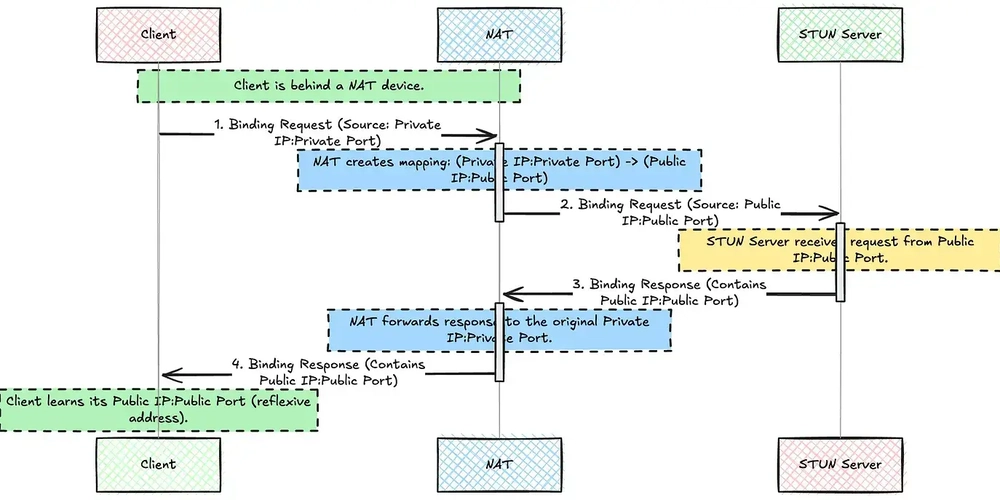
Image Credit: Dev
What is a Stun server?
- STUN servers help devices behind NAT discover their public IP addresses and port numbers.
- NATs hide private IP addresses; STUN enables direct peer-to-peer connections by providing address discovery.
- STUN does not route or relay traffic between peers; TURN servers are used if direct connections fail.
- STUN sends binding requests to a server to learn reflexive transport addresses of clients.
- UDP hole punching, facilitated by STUN, allows peers behind NAT to establish direct connections.
- STUN has limitations, such as not working with symmetric NATs or restrictive firewalls.
- TURN servers step in when STUN fails, providing a relay for signalling and media traffic.
- TURN servers ensure reliable connectivity, and are part of the ICE framework for establishing connections.
- ICE first tries direct paths using STUN, switching to TURN if necessary for successful connections.
- STUN is vital for enabling technologies like WebRTC and VoIP by allowing devices to communicate across networks.
Read Full Article
4 Likes
Dev
8
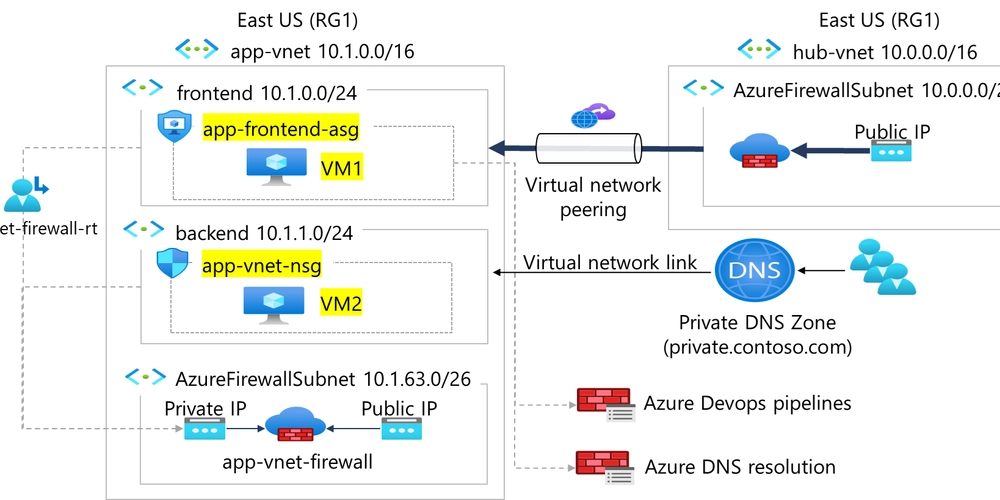
Image Credit: Dev
02: Create and configure network security groups
- Create network security group and rules to control network traffic in the app-vnet.
- Associate an application security group (ASG) to the web servers in the frontend subnet.
- Associate a network security group (NSG) to the database servers in the backend subnet.
- Create and configure network security group rules to filter inbound and outbound network traffic.
Read Full Article
Like
Discover more
- Programming News
- Software News
- Web Design
- Open Source News
- Databases
- Cloud News
- Product Management News
- Operating Systems News
- Agile Methodology News
- Computer Engineering
- Startup News
- Cryptocurrency News
- Technology News
- Blockchain News
- Data Science News
- AR News
- Apple News
- Cyber Security News
- Leadership News
- Gaming News
- Automobiles News
Dev
76

Image Credit: Dev
Cluster Security Standards Enforcement Via Kyverno (Policy as Code)
- Kyverno is an open-source Kubernetes policy engine that allows writing policies as simple YAML manifests.
- Kyverno helps with enforcing pod security standards, ensuring network policies are defined, preventing usage of deprecated APIs, and automating governance and compliance.
- It uses Kubernetes-native YAML for policies, making it easier for Kubernetes users to adopt and integrate into GitOps workflows.
- Kyverno supports mutation and generation capabilities, has validation at admission time, and provides multi-cloud, multi-cluster support for consistent policy enforcement.
Read Full Article
4 Likes
Siliconangle
328

Image Credit: Siliconangle
Inside Google Cloud’s new blueprint for scaling AI infrastructure
- Enterprises are moving towards production-scale AI, requiring clear standards and simplified infrastructure for success.
- Google, focusing on AI infrastructure, aims to converge on a standard using Kubernetes for distributed compute provisioning.
- Google aims to simplify AI infrastructure while preserving enterprise flexibility, according to Roman Arcea and Jeremy Olmsted-Thompson.
- Kubernetes is the platform of choice for AI workloads, but balancing simplification with customization is crucial.
- Google's approach to optional complexity caters to customers' varying needs without overwhelming with unnecessary configurations.
- Scalability efforts across Google Kubernetes Engine include building out a 65,000-node capacity for high-end users.
- Automation and abstraction play key roles in simplifying AI infrastructure, allowing for predictable scaling and performance.
- Compute classes provide an abstraction between platform and application, simplifying infrastructure management for developers.
- Google's automation strategy offers robust guardrails for scalable infrastructure consumption on user terms.
- Quick startup times for AI workloads can lower infrastructure costs, shifting focus towards performance goals and automation in infrastructure management.
Read Full Article
19 Likes
Dev
332

Image Credit: Dev
Changing Ownership in Linux: Mastering the chown Command
- The chown command in Linux is used to change the owner and/or group associated with a file or directory.
- Properly managing ownership is crucial for building secure, organized, and professional Linux systems.
- Ownership defines who has control over a file or directory, and good ownership practices enhance security and teamwork in real systems.
- Knowing how to use the chown command is essential for tasks like transferring project files, fixing permission issues, and ensuring compliance standards in multi-user environments.
Read Full Article
20 Likes
Amazon
206

Image Credit: Amazon
Extend the Amazon Q Developer CLI with Model Context Protocol (MCP) for Richer Context
- Amazon Q Developer has introduced Model Context Protocol (MCP) support in its CLI, enabling developers to integrate external data sources for better context-aware responses.
- By leveraging MCP tools and prompts, developers gain access to pre-built integrations or MCP Servers supporting stdio, enhancing code accuracy, data structure understanding, unit test generation, database documentation, and query execution.
- The inclusion of MCP tools and prompts in Q Developer CLI speeds up development tasks, improving the overall developer experience.
- Amazon Q Developer is committed to supporting open-source protocols like Model Context Protocol (MCP), proposed by Anthropic, and plans to extend this functionality to Amazon Q Developer IDE plugins.
- The Q Developer CLI now supports MCP servers configuration, allowing developers to define connections with external data sources, enhancing the developer's workflow.
- The configuration file, mcp.json, can store settings for MCP servers either in the home directory or in the workspace root for shared configurations among project members.
- With MCP server configured, Q Developer gains access to PostgreSQL for exploring database schemas, table structures, and executing SQL queries effortlessly.
- The integration of MCP into Q Developer CLI streamlines tasks like writing queries, generating code, creating unit tests, and visualizing database structures with tools like ER diagrams.
- MCP support in the Amazon Q Developer CLI standardizes data access and context-sharing, offering developers a more efficient way to work with external data sources.
- Overall, MCP integration in the Q Developer CLI significantly improves workflow efficiency by eliminating the need for custom integration code.
Read Full Article
12 Likes
Dbi-Services
404
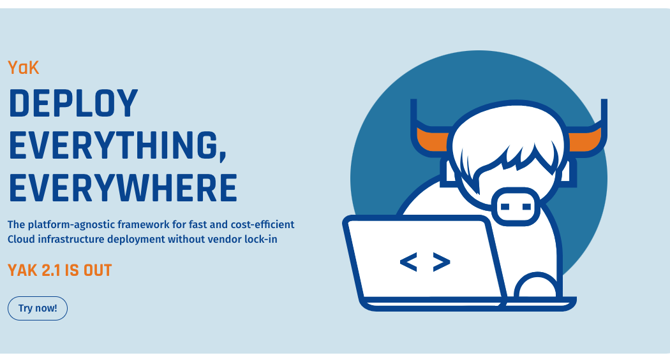
Image Credit: Dbi-Services
YaK Core – The Holy Grail for Deploying Ansible Code Everywhere
- YaK Core is a Multi-Platform open source Automation Tool that simplifies the deployment of Ansible playbooks through a clean UI and API.
- It offers an intuitive interface where users can upload playbooks, configure parameters, and deploy them seamlessly across various platforms.
- YaK Core consists of two parts: YaK Core, which is open source, and YaK Components, which can be installed on top.
- YaK Core allows users to create their own YaK components and deploy them across all supported platforms.
Read Full Article
24 Likes
The New Stack
13
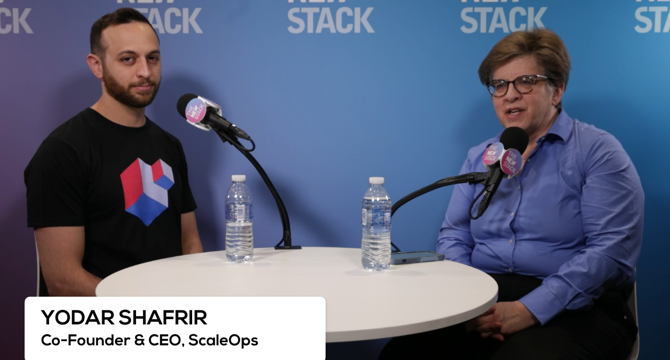
Image Credit: The New Stack
Why Kubernetes Cost Optimization Keeps Failing
- Running Kubernetes can be a major cost center for organizations.
- Optimizing costs in Kubernetes is a huge challenge due to the dynamic nature of applications and resource consumption.
- Automation and real-time resource allocation are key to optimizing K8s costs.
- ScaleOps offers full automation to ensure each application gets exactly what it needs in real time.
Read Full Article
Like
Hackernoon
202

Image Credit: Hackernoon
AWS Regions and Availability Zones: A Useful Guide for Beginners
- AWS Regions are physically isolated chunks of the AWS cloud, spanning large geographic areas with separate hardware and networks.
- Airbnb and Slack leverage AWS Regions for high availability, scalability, and data locality.
- When choosing a Region, consider factors like latency, regulations, service availability, and pricing.
- Availability Zones (AZs) are isolated data centers within AWS Regions, crucial for high availability and disaster recovery.
- Netflix uses AZs to maintain service availability by distributing workloads across multiple zones.
- Best practices for AZs include spreading resources, implementing backup plans, and utilizing load balancing.
- Edge Locations are small AWS outposts strategically positioned closer to end-users to enhance performance and reduce latency.
- AWS CloudFront, Route 53, and Lambda@Edge are key services running at Edge Locations for content delivery, DNS routing, and serverless logic.
- Companies like Twitch and Peloton benefit from using AWS Edge locations to optimize video streaming and application performance.
- While Edge Locations improve performance, they may have higher costs and security concerns due to proximity to end-users.
Read Full Article
12 Likes
Alvinashcraft
22

Dew Drop – April 29, 2025 (#4409)
- TechBash 2025 Early Bird registration is now open by TechBash Team.
- General Availability of AWS SDK for .NET V4.0 by Norm Johanson.
- ASP.NET Core OData Web API Template Preview Release by Samuel Wanjohi.
- Protecting against indirect prompt injection attacks in MCP by Sarah Young & Den Delimarsky.
- Modernizing .NET Future ready applications with .NET Conf: Focus on Modernization by Scott Hanselman, Chet Husk & McKenna Barlow.
- Introducing Edge for Business security connectors by Arunesh Chandra.
- Docker Desktop 4.40 introduces Model Runner to run LLMs locally expanding its AI capabilities by Craig Risi.
- Visual Studio: Set the default file encoding by Mark Downie.
- The null check that didn’t check for nulls by Oren Eini.
- JetBrains AI Assistant: Smarter, More Capable, and a New Free Tier by Anna Maltseva.
Read Full Article
1 Like
Hackernoon
258

Image Credit: Hackernoon
Meet the HackerNoon Top Writers - Wes Huber's Journey In Tech
- Wes Huber is a Software Developer working in the IIOT space serving Manufacturing and Transportation, and Logistics industries.
- Wes started writing coding tutorials about specific issues he encountered in projects.
- Technology is an easy topic for Wes to write about, and he utilizes AI tools for ideas and proofreading.
- Wes highlights include securing well-paying freelance projects, achieving over 200 users on his app, and working as a full-time developer.
Read Full Article
15 Likes
Devopsonline
98

Image Credit: Devopsonline
Finding the right tech talent to build software applications
- Digital transformation projects are a top priority for companies to leverage AI and advancing technologies to meet customer needs, with global spending expected to reach $3.9 trillion by 2027.
- The IT skills crisis is predicted to impact over 90% of organizations by 2026, causing significant financial losses due to a shortage of tech experts.
- Development team leaders can access tech talent through hiring, upskilling, training, and outsourcing to digital partners.
- Digital Academies like Headforwards' can train junior developers in 16 weeks, providing industry-aligned skills.
- Challenges in tech hiring include the need for soft skills and client interaction readiness, which many traditional academic pathways do not focus on.
- Digital Academies prepare individuals for tech roles through practical training and exposure to various programming languages.
- Employers can benefit from digital academies by gaining access to skilled individuals with business-ready technical skills and reducing onboarding time.
- Options for accessing tech talent include partnering with digital academies, starting training programs, and looking beyond traditional pathways.
- Investing in junior developers through digital academies can lead to cost savings and quicker integration into the workforce for businesses.
- Empowering junior developers early on to interact with clients benefits both the developer and the business in the long run.
Read Full Article
5 Likes
Dev
278
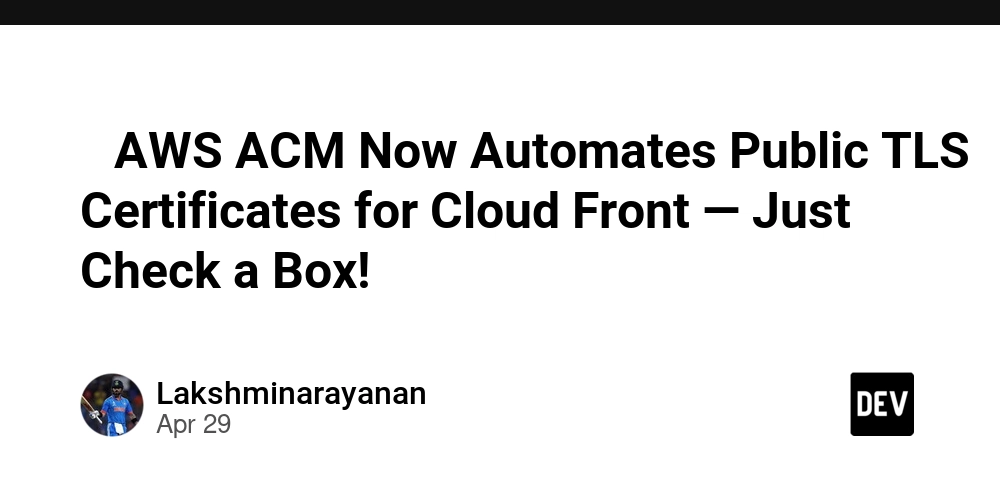
Image Credit: Dev
🔐 AWS ACM Now Automates Public TLS Certificates for Cloud Front — Just Check a Box!
- AWS Certificate Manager (ACM) now automates public TLS certificates for Cloud Front.
- During Cloud Front setup, you can now check a box to enable automated certificate provisioning.
- ACM takes care of the certificate request, DNS validation, and association with Cloud Front.
- The certificates are also automatically renewed as long as they are in use.
Read Full Article
16 Likes
For uninterrupted reading, download the app